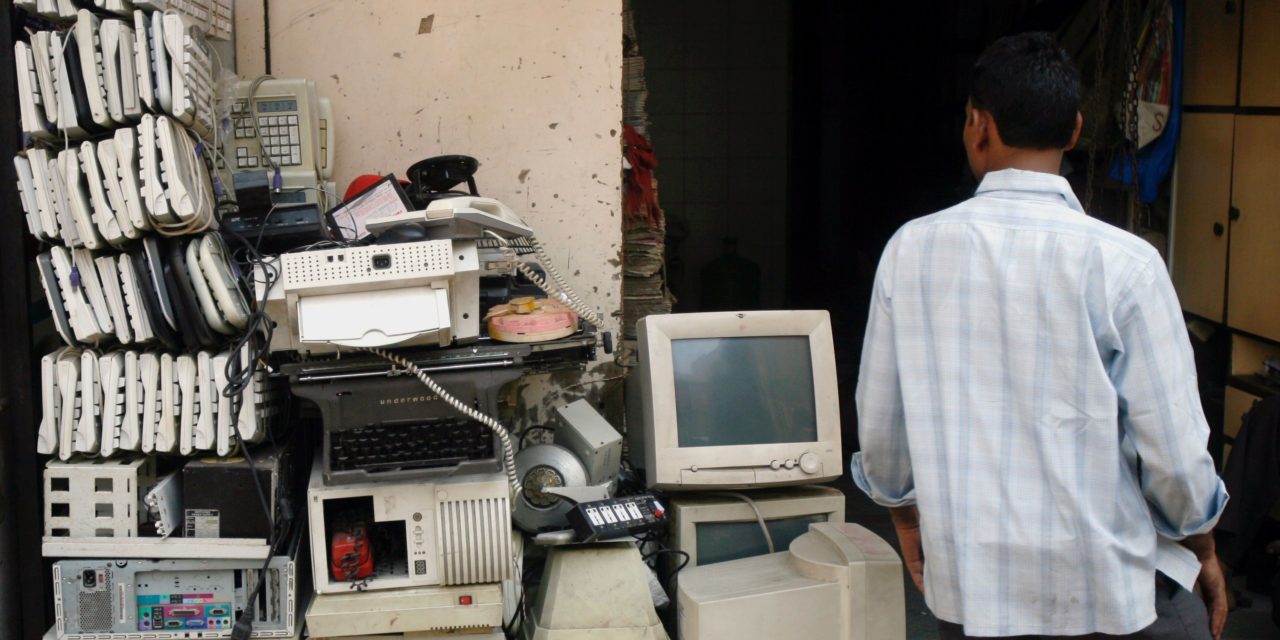The advent of smartphones has spelled doom for computers.
In 2015, there were just over 275 million PCs—desktops and laptops—shipped worldwide. It was the first time computer sales fell below 2008 levels, the year after the first iPhone was launched. Last year, worldwide shipments of PCs slipped further to about 260 million units sold, according to the International Data Corporation (IDC).
Many emerging economies are skipping the desktop and laptop phase altogether and going straight to phones for all their needs. For the most part, today’s smartphones can do what a full-sized computer does, often at a fraction of its cost. But the choice to forego computers could also have to do with unreliable internet connectivity and power supply in poorer parts of the world.
Smartphones may be reaching their saturation point, though; the 1.47 billion units shipped in 2016 was just a miniscule uptick from 1.44 billion sales during the year prior. Year-over-year, that’s just 2.3% growth in the sector.
Smartphone penetration in mature markets like North America, parts of western Europe, and Japan has already topped 90%, slowing growth and limiting future growth potential. The lifespans of many phone models have improved and so people are not replacing their devices as frequently as in the past. There are, however, some markets with room to grow, like India and China, where falling prices are making premium phones more affordable, according to technology research and advisory firm Gartner.
As smartphone and PC sales both taper off, “phablets” that combine the portability of phones and large screens of tablets are starting to gain ground. At the start of 2016, phablet users accounted for about 33% of total app usage; by the end of the year, they were responsible for 40%, according to analytics company Flurry. There was a corresponding drop in app usage on smartphones and tablets in that time. Phablets are especially popular in Asia, which bodes well for their future growth.

